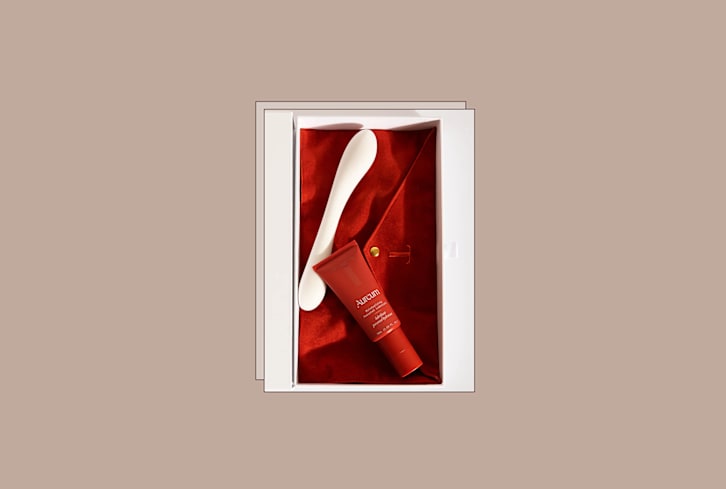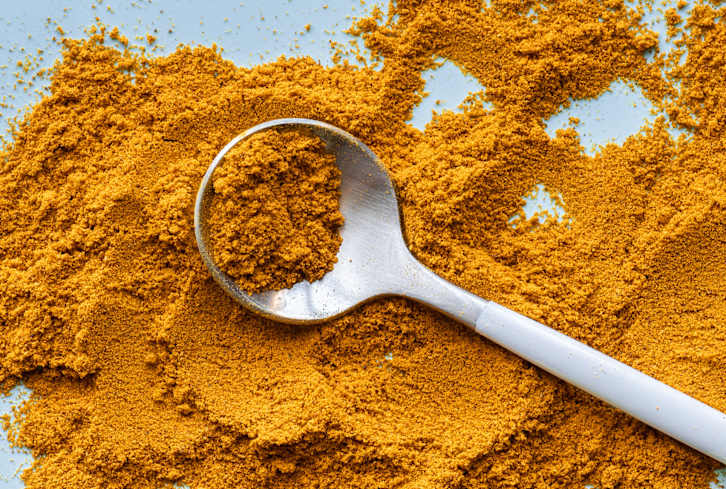Advertisement
What It Means If You're A Straight Guy In Love With A Guy


When you’ve always identified as a purely straight man, developing feelings for another guy can be confusing, to say the least.
But you’re not the only guy this has ever happened to, and only you can define your sexuality.
Can a straight guy fall in love with a guy?
Short answer: Yes. Many men identify as straight but still experience romantic or sexual attractions to other men.
Clearly, the term "straight" isn't quite as straightforward as it seems.
Sexuality is complicated, and labels can't possibly encompass all of the intricacies of individual human desire. Attraction is complex and surprisingly fluid, even for straight folks.
Reasons a straight man might have feelings for another man
Out of curiosity
Sometimes straight men develop feelings for other men out of sheer curiosity. If you've never been with a man before, you might be drawn to the novelty of the idea, especially when you're young2.
To experiment with sexual experiences they think are "taboo"
Straight men may be interested in seemingly taboo sexual experiences, such as anal penetration or BDSM, which they may feel safer exploring3 with a gay or bisexual man than a woman.
Availability
Same-sex desire can also be born out of situational convenience. For example, men in prison may have sex with other men to relieve sexual urges when women aren't available.
To reaffirm their masculinity
Some men who have sex with men say that they do so to reaffirm their gender identity, masculinity, and even heterosexuality, as in the case of the "bud-sex" phenomenon.
Sexual fluidity
Having feelings for a man doesn't automatically mean you're gay, despite what many people think. But it could potentially mean that you're not 100% straight.
This is not an either/or type of situation—you could be somewhere in between, as many men are.
One 2015 report found half of people between ages 18 and 24 say they're "not 100% straight." You're the only person who can know for sure.
Who is a "straight guy"?
"Traditionally, being 'straight' refers to one's sexual and romantic interest as being in the opposite sex," New York sex and relationship therapist Todd Baratz, LMHC, tells mbg. But does that mean only ever liking women? Not necessarily.
"The reality is sexuality is expansive and diverse," Baratz says. "Just because someone identifies as straight doesn't mean that they can't and will never have romantic or sexual feelings for an individual of the same sex."
This fluidity goes both ways, he adds. "One person who identifies as gay may also have sexual or romantic feelings for women. There isn't a universal definition for any sexuality."
Identities like "straight" and "gay" may seem concrete and permanent, but in fact, research shows4 they're subjective and can change over time. "Straightness, just like gayness, is an individually defined subjective reality," Baratz says.
Moreover, there are lots of other categories to choose from—there's a whole spectrum of sexuality between the extreme opposites of gay and straight. Here are some of the most common ones.
The Kinsey scale of sexual orientation
The Kinsey scale was developed by Alfred Kinsey in 1948 to measure human sexuality.
The scale shows that sexual orientation is far from black and white; instead, it shows sexual orientation as existing across a spectrum.
Here's the full Kinsey scale:
0 - Exclusively heterosexual
1 - Predominantly heterosexual, only incidentally homosexual
2 - Predominantly heterosexual but more than incidentally homosexual
3 - Equally heterosexual and homosexual
4 - Predominantly homosexual but more than incidentally heterosexual
5 - Predominantly homosexual, only incidentally heterosexual
6 - Exclusively homosexual
X - No socio-sexual contacts or reactions
The Kinsey scale isn't perfect, but it can be empowering to think about where your sexuality falls along this spectrum and how it may have changed over time rather than leaping straight to "straight," "bi," or "gay."
The Kinsey team's research shows that being 100% heterosexual or homosexual is rarer than you might think.
Many online quizzes exist to help you figure out where you fall on the Kinsey scale.
No online test is officially endorsed by the Kinsey Institute, though, and you can identify with whatever number feels comfortable to you.
Men who are mostly straight or heteroflexible
There are some alternative labels for men who have feelings for other men but don't identify as gay.
One possibility is "mostly straight" or "heteroflexible," meaning that you're usually attracted to women but occasionally experience feelings or desires for men.
Savin Williams, author of Mostly Straight: Sexual Fluidity Among Men, calls it "straight with a dash of gayness."
Being heteroflexible is more common than often assumed; Williams cites evidence that more young men identify as "mostly straight" than either bisexual or gay combined.
Mostly straight is a discrete category, distinct from being a closeted gay man or bisexual. "Strict rules don't apply," Williams writes for Time. "These attractions are sexual, romantic, or both and can be expressed in various ways, from erotic fantasies to actual behavior."
Male bisexuality
Bisexual men are attracted to both men and women, and it doesn't necessarily have to be a 50/50 split.
There's a common assumption that bisexuality isn't real; it's just a stop on the way to gayness. But nothing could be further from the truth, and that line of thinking can be quite damaging to all bisexual people and particularly to bisexual men.
In reality, 2% of men in the U.S. identify as bisexual, per Gallup News.
Does liking men mean I'm gay?
Not necessarily. You could be gay, but you could also be a million other things. You could be heteroflexible. You could be bisexual. Or you could simply be straight and still be experiencing these feelings for some reason. It's all possible, and it's all very normal.
The takeaway
If you suspect that you might be bisexual, gay, or something else other than totally straight, it can be confusing to figure out what identity is right for you.
"Allowing yourself to explore your sexuality and be curious about yourself, while minimizing judgment, is incredibly important," Jor-El Caraballo, licensed therapist and founder of Viva Wellness, tells mbg. "Sexuality is complex. It's both visceral and psychological. The biggest sex organ is the brain! Explore in ways that are more comfortable for you, like books, videos, or movies to see how you feel."
Most importantly, you don't have to figure it all out by yourself, nor do you have to dive in headfirst.
Caraballo says, "Apps and chat rooms can be good for a first foray into a sexual experience with another man, as you gauge your comfort level and work through any internalized shame."
A professional therapist who specializes in sexuality can also work with you to provide individual support.
Watch Next
Enjoy some of our favorite clips from classes
Enjoy some of our favorite clips from classes
What Is Meditation?
Mindfulness/Spirituality | Light Watkins
Box Breathing
Mindfulness/Spirituality | Gwen Dittmar
What Breathwork Can Address
Mindfulness/Spirituality | Gwen Dittmar
The 8 Limbs of Yoga - What is Asana?
Yoga | Caley Alyssa
Two Standing Postures to Open Up Tight Hips
Yoga | Caley Alyssa
How Plants Can Optimize Athletic Performance
Nutrition | Rich Roll
What to Eat Before a Workout
Nutrition | Rich Roll
How Ayurveda Helps Us Navigate Modern Life
Nutrition | Sahara Rose
Messages About Love & Relationships
Love & Relationships | Esther Perel
Love Languages
Love & Relationships | Esther Perel











